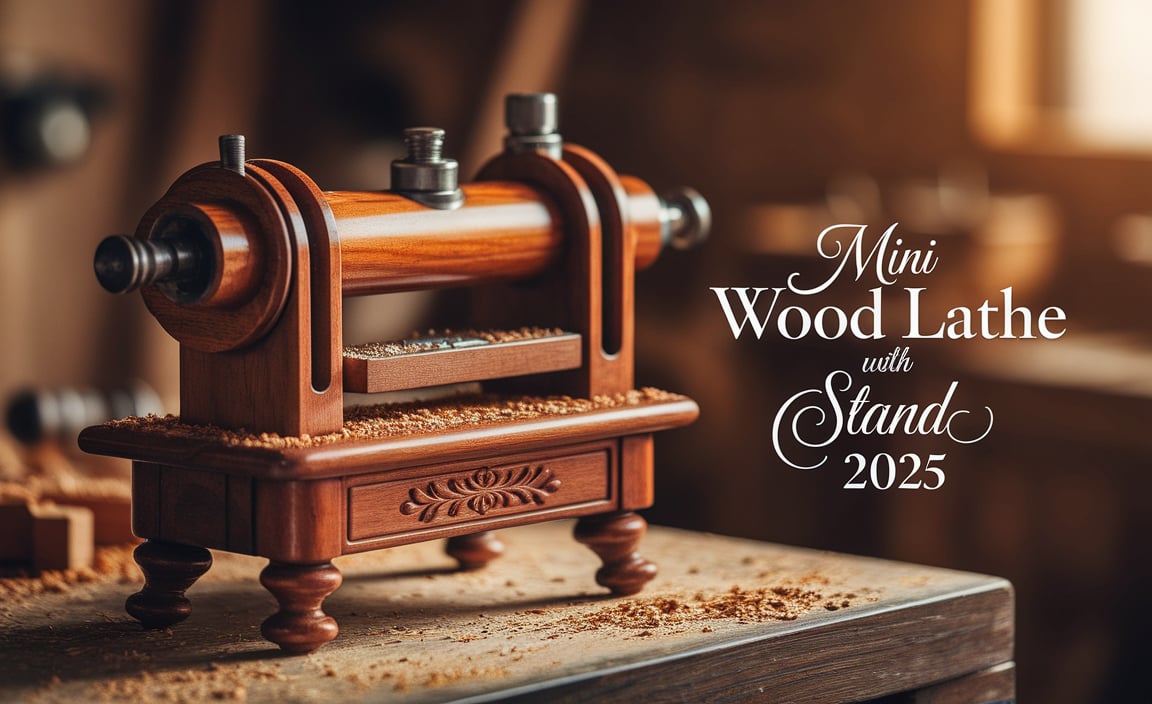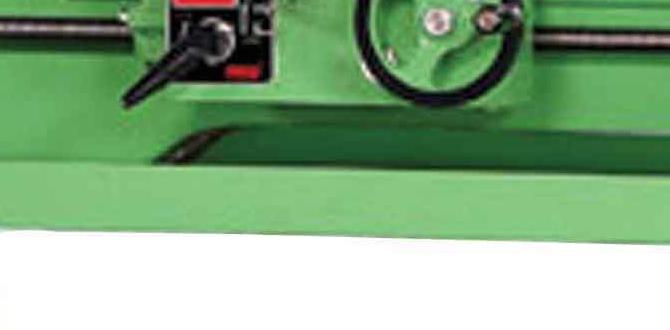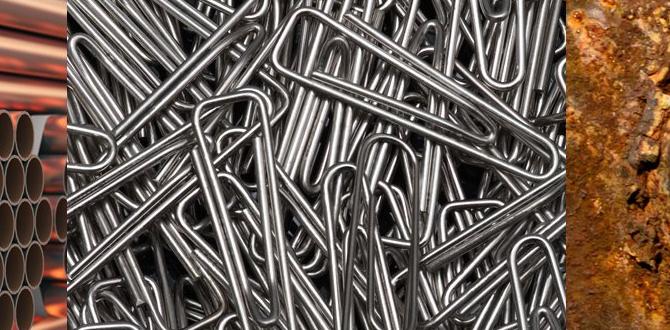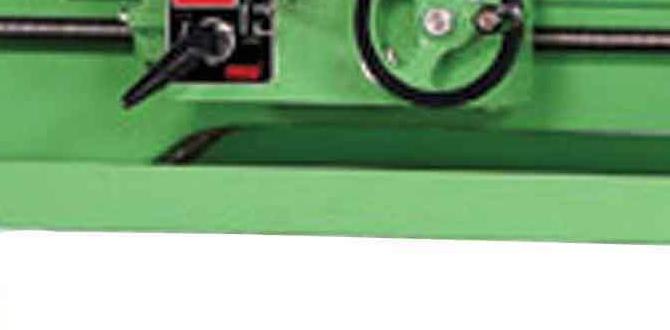Mastering Your Wood Lathe: A Comprehensive Guide to Faceplate Bolt Size
Wood lathe faceplate bolt size is a fundamental consideration for any woodturner looking to securely attach their workpieces to the machine. While it might seem like a minor detail, choosing the correct bolt size is crucial for safety, stability, and the overall success of your turning projects. Using bolts that are too small can lead to slippage, vibration, and potentially dangerous situations, while excessively large bolts might not fit or could even damage your faceplate. This comprehensive guide will demystify the world of faceplate bolts, helping you make informed decisions for every turning endeavor.
The primary function of a faceplate is to provide a robust mounting point for workpieces that are too large or irregularly shaped to be held by a chuck alone, or when you want to turn the back of a previous chucked project. Faceplates are typically threaded to screw onto the spindle nose of your wood lathe. The faceplate itself then features a series of holes, often tapped or clearance holes, designed to accept bolts that will secure your blank. This is where understanding the nuances of wood lathe faceplate bolt size becomes paramount.
Understanding the Basics: Bolt Types and Terminology
Before delving into specific sizes, it’s essential to understand some common terminology.
Bolt Diameter: This refers to the nominal diameter of the bolt’s shaft, usually measured in inches or millimeters (though imperial measurements are far more common in the US woodworking industry). Common sizes for wood lathe faceplates range from 1/4 inch to 1/2 inch.
Bolt Length: The length of the bolt is measured from the underside of the head to the tip of the threaded portion. The required length depends on the thickness of your workpiece and any intervening washers or holding devices.
Thread Pitch: This refers to the distance between the threads. Coarse threads are more common for general woodworking applications.
Bolt Head Style:
Hex Head: These are the most common and offer excellent grip for wrenches.
Carriage Bolts: These have a rounded head and a square shoulder that bites into the wood, preventing rotation when tightened from the nut side. They are excellent for certain mounting applications but less commonly used for directly bolting workpieces to faceplates.
Socket Head Cap Screws (Allen Bolts): These have a cylindrical head with an internal hex socket, requiring an Allen wrench for tightening. They offer a clean aesthetic and can be useful for specific situations where the bolt head needs to be recessed.
Factors Influencing Wood Lathe Faceplate Bolt Size Selection
Several factors will dictate the appropriate wood lathe faceplate bolt size for your specific application:
1. Faceplate Hole Diameter and Tapping: Inspect your faceplate. Are the holes clear holes to accept a bolt that passes through, or are they tapped to accept a bolt directly threading into them? Tapped holes will have a specific thread size associated with them (e.g., 1/4-20, 3/8-16). If they are clear holes, you’ll need to consider the diameter of the bolt that will fit through.
2. Workpiece Material and Size: The size and density of your workpiece play a significant role. A small, lightweight soft wood turning will require less robust mounting than a large, dense hardwood or a large diameter turning with significant material removed. For larger projects, you’ll generally want larger diameter bolts for increased strength and stability.
3. Turning Operation: Are you planning for rough turning, fine shaping, or sanding? Rough turning and aggressive cuts generate more forces, necessitating stronger clamping. Sanding, especially with power sanding attachments, can also exert considerable centrifugal force.
4. Number of Bolts: Most faceplates have multiple bolt holes, typically four or six. Distributing the load across multiple bolts is always a good practice. The number and spacing of the holes on your faceplate will influence the overall clamping force and stability.
5. Washer Usage: Using washers under the bolt heads (and potentially under nuts if using bolts that pass through the workpiece) is highly recommended. Washers distribute the clamping force over a larger surface area, preventing the bolt head from digging into the workpiece and reducing the risk of splitting. The diameter of the washer should be considered to ensure it doesn’t overhang the workpiece significantly.
Common Wood Lathe Faceplate Bolt Sizes: A Practical Overview
While there aren’t universal “standards” across all manufacturers, certain wood lathe faceplate bolt sizes are more commonly encountered and recommended for general use.
1/4 Inch Bolts: These are suitable for smaller, lighter workpieces or for faceplates with very small bolt holes. They are often found on smaller hobbyist lathes.
5/16 Inch Bolts: A good all-around size for a wide range of projects. They offer a balance of strength and versatility. Many faceplates are designed to accommodate this size readily.
3/8 Inch Bolts: This is a very common and highly recommended size for most general-purpose woodturning. It provides excellent clamping force for medium to large bowls, platters, and other substantial projects. If your faceplate has these sized holes or is tapped for them, this is often the go-to choice.
1/2 Inch Bolts: For very large, heavy workpieces or situations requiring maximum clamping security, 1/2 inch bolts are the strongest option. These are typically used on larger, professional-grade lathes and with corresponding robust faceplates.
Important Note: Always use bolts of the same size and length when securing a workpiece. Mixing bolt sizes can lead to uneven clamping pressure and potential warping or cracking of your workpiece.
Selecting the Right Bolt Length
Once you’ve determined the appropriate diameter, wood lathe faceplate bolt size also hinges on length.
1. Measure Your Workpiece Thickness: Understand how far the bolts need to pass through your blank.
2. Account for Faceplate Thickness: The bolts will pass through the faceplate, so factor that in.
3. Consider Washers and Nuts: If using washers, their thickness also needs to be accommodated. If you are passing bolts through your workpiece and securing them with nuts on the back, the length of the bolt needs to be sufficient to fully engage the nut.
A general rule of thumb for bolts passing through a workpiece is to have at least two to three full threads of the bolt showing beyond the nut once tightened. For bolts that thread directly into a faceplate, ensure the threaded portion of the bolt is fully engaged in the faceplate’s threads.
Safety First: Best Practices for Using Faceplate Bolts
Regularly Inspect Your Faceplate and Bolts: Look for signs of wear, damage, or corrosion.
Do Not Overtighten: While secure fastening is crucial, over-tightening can strip threads, crack your workpiece, or damage the faceplate. Tighten them firmly, but do not use excessive force.
Use Matching Washers: Always use washers of a suitable size and material.
Keep Bolts Clean and Lubricated: This ensures smooth tightening and easy removal.
Secure Workpieces Evenly: Tighten bolts in an alternating pattern (like tightening lug nuts on a car wheel) to ensure even pressure distribution.
* Test for Stability: Before starting your lathe at higher speeds, gently try to rock the workpiece. If it moves, tighten the bolts further or re-evaluate your mounting strategy.
By understanding the critical aspects of wood lathe faceplate bolt size, you can significantly enhance the safety and effectiveness of your woodturning. Always prioritize the right bolt size, length, and secure mounting methods to ensure your projects are held firmly and stably, allowing you to focus on the creative process of transforming wood into beautiful objects.





